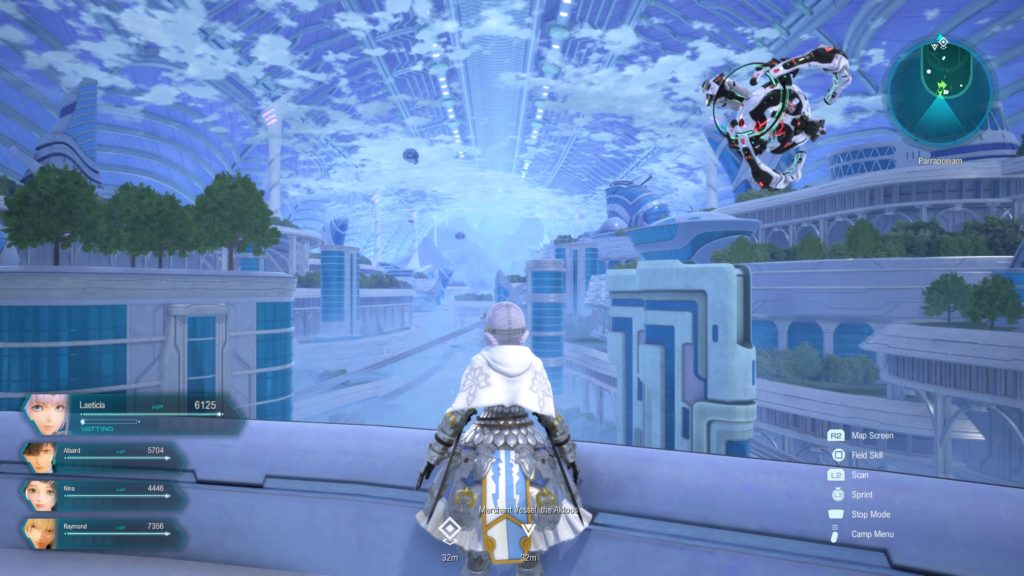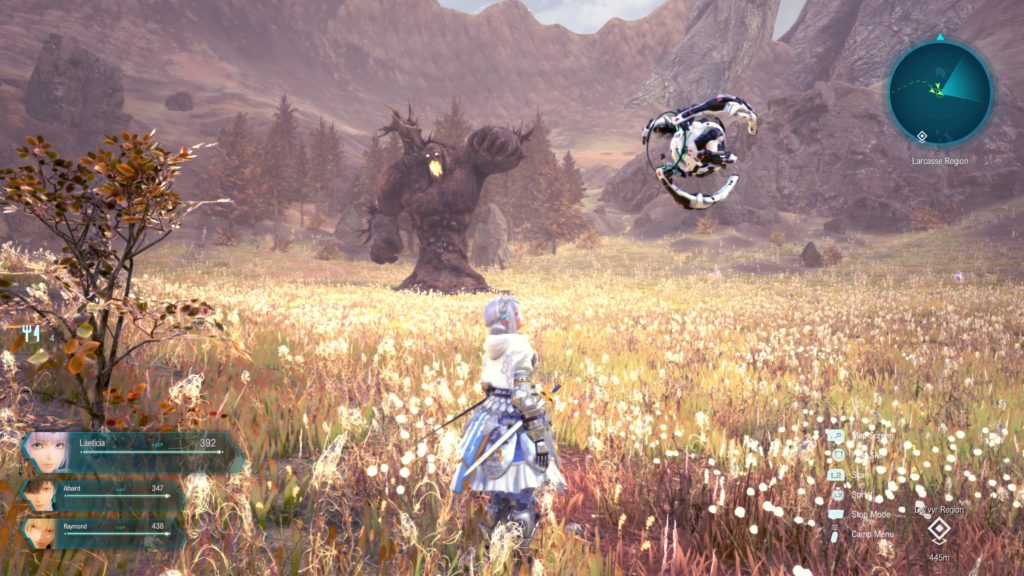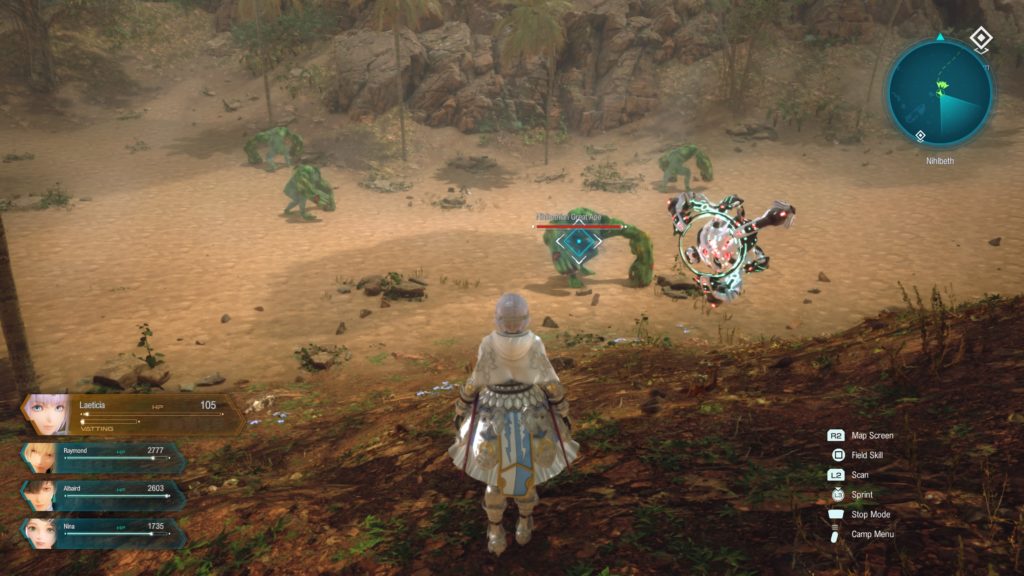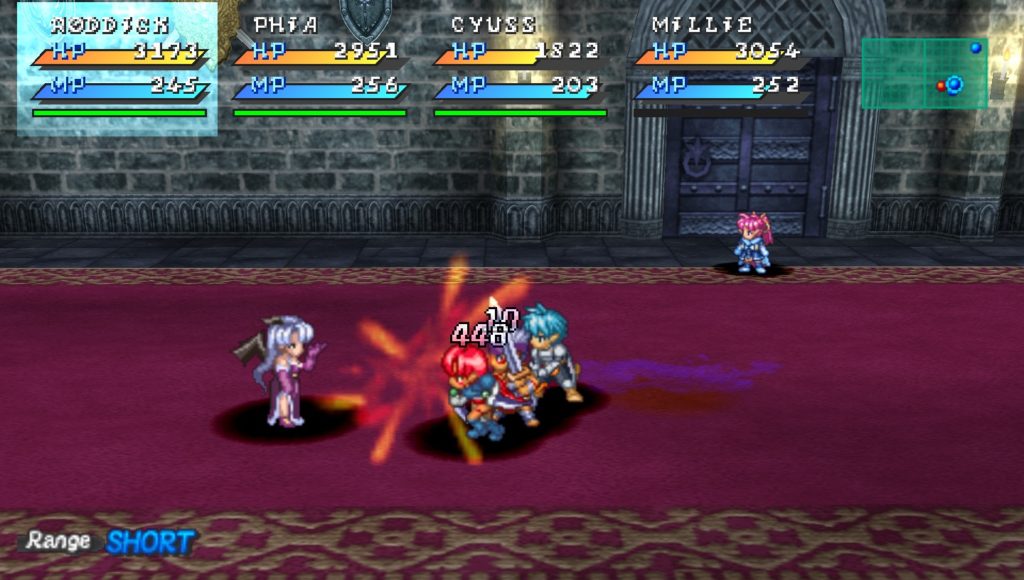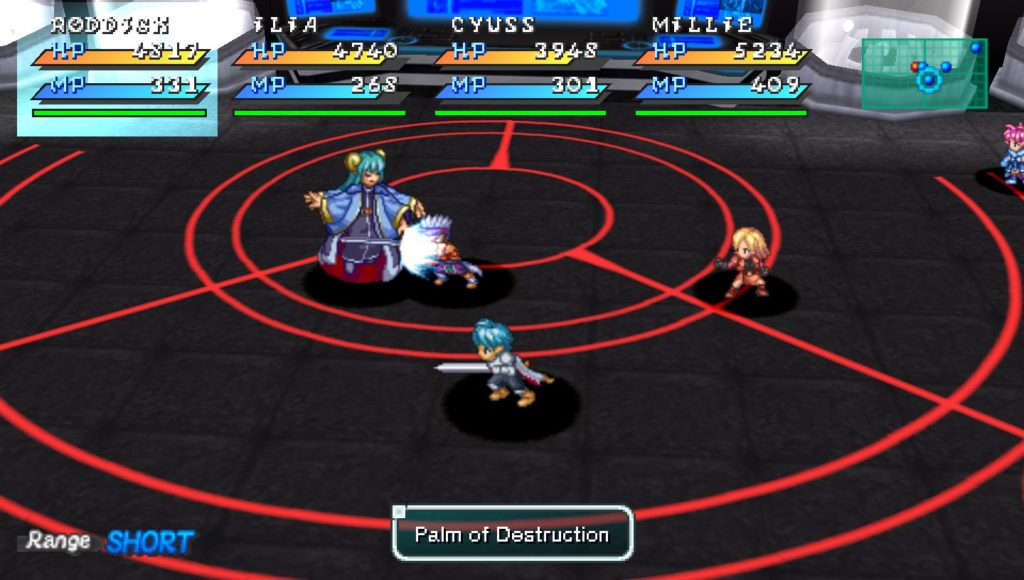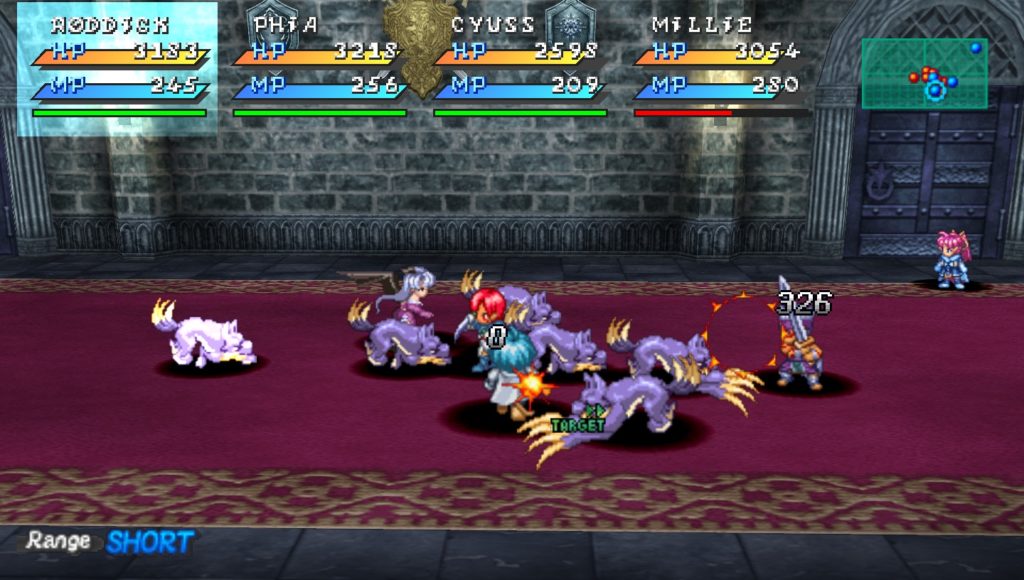- Genre: JRPG
- Platform: PS5
- Also Available On: PS4, Switch, Windows
In a year of wonderful remasters and remakes I’m finishing the year on another wonderful remake. This one is very similar to Super Mario RPG in that it left the gameplay largely intact while overhauling the visuals, but it took a decidedly more retro approach. Luckily, like SMRPG, it is also similarly still a ton of fun.
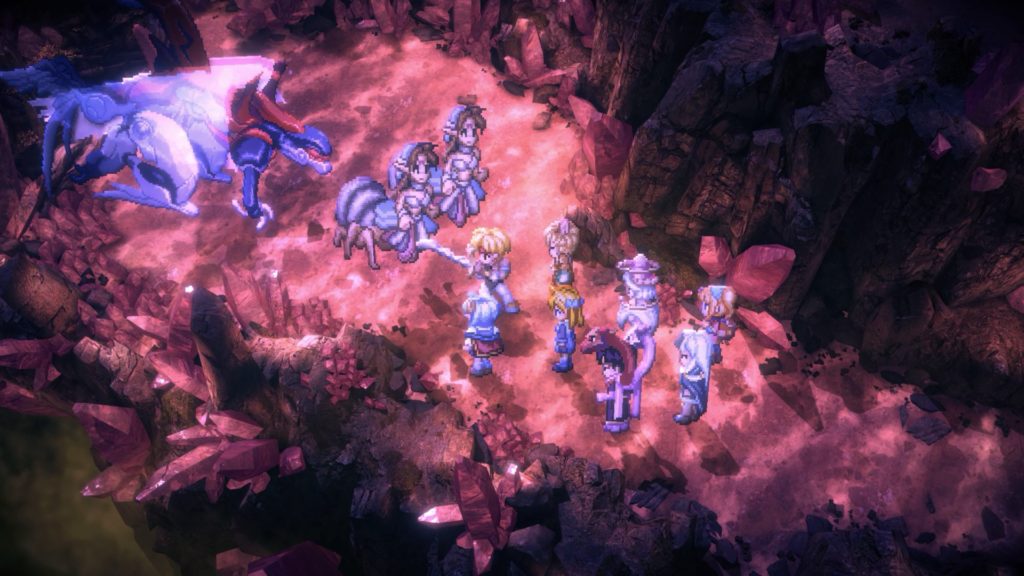
Having somewhat recently played some Star Ocean I apparoached this kind of knowing what kind of game I was getting into. I knew that combat wasn’t going to be overly complicated, but I knew it was going to be fun. What surprised me was how well this one scaled between low and high enemy counts, which is something that newer entries don’t necessarily do.
One of the big things that separates this entry is that there’s a very well telegraphed attack tell, which you can combine with a dodge button to knock away at a stun meter. You can also do that through normal attacks, but the dodge is way more effective. In a one-on-one or party-on-one situation, this is INCREDIBLY effective at knocking down the meter and stunning an enemy. However, you can also play a game of prioritizing attack cancels and just preventing the enemy from attacking nearly wholesale. This works great in multi-enemy fights as you can spread your party to focus on individual one-on-one fights. However, there are some fights that really penalize this and force you to set the party into full focus. Figuring out the fights with different strategies really works well to push some variety and keep combat from getting stale. It’s surprising to see how well this is achieved in such an old title, as the newer Star Ocean games really failed in this regard.
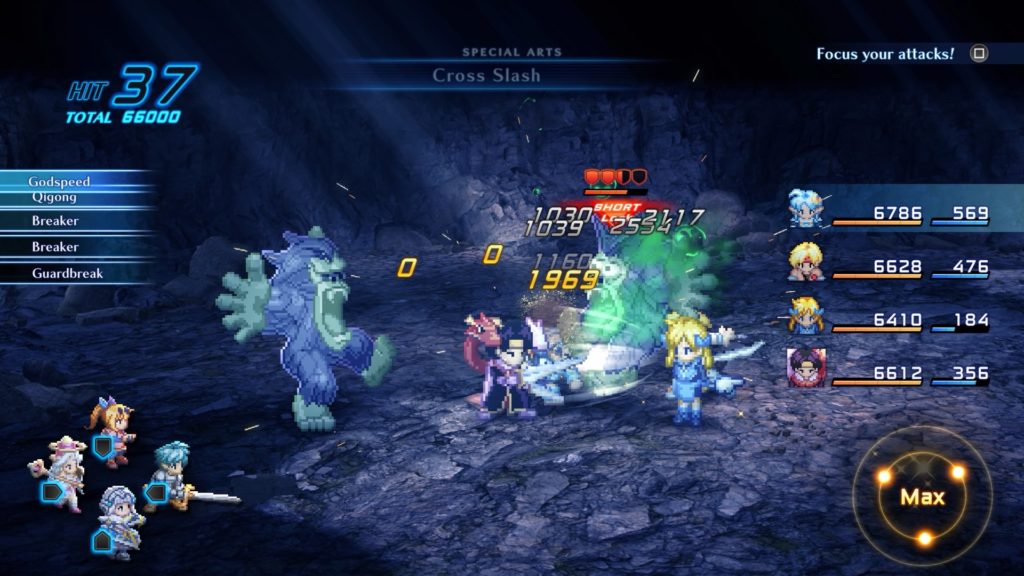
However, you start to see the age of the game when it comes to balance. It happens sort of slowly throughout the game, but over time the game’s intended balance of what you’re fighting and the practical balance of the bosses got clearly off. I never really narrowed it down to what I was doing wrong, but to not be one-shot by the end game bosses, I was ending up about 15-20 levels higher than the game was telling me was “appropriate” for my party, but it got me through. Luckily the game compensates – intentionally or not – with some grind reduction systems. Once an enemy icon changes from red to green, there’s a system to auto complete the fight in the overworld. This basically runs stretches of getting a level from minutes to 30 seconds or less, so the time to actually level up and move up is pretty forgiving. If you aren’t at the right spot in power, you just run around and auto battle a bit, adjust strategy a bit, and good to go.
This was ultimately probably a problem of me not digging deeper into the underlying crafting systems, partly because I’m lazy and partly because they are just too deep. There’s a three-page menu of crafting and helper-style stuff that you can level up per party member. It runs the gamut from actual equipment crafting to item creation to cooking to buff creation to stat up creation and more. It’s just so deep that unless I had time to really invest in a strategy to min/max my party, I was always going to fail on doing it right. As it stood I did it well enough to get decently high end items, but I think there was a clear path for me to do better and get more out of it to make my overall path through the game far more efficient.
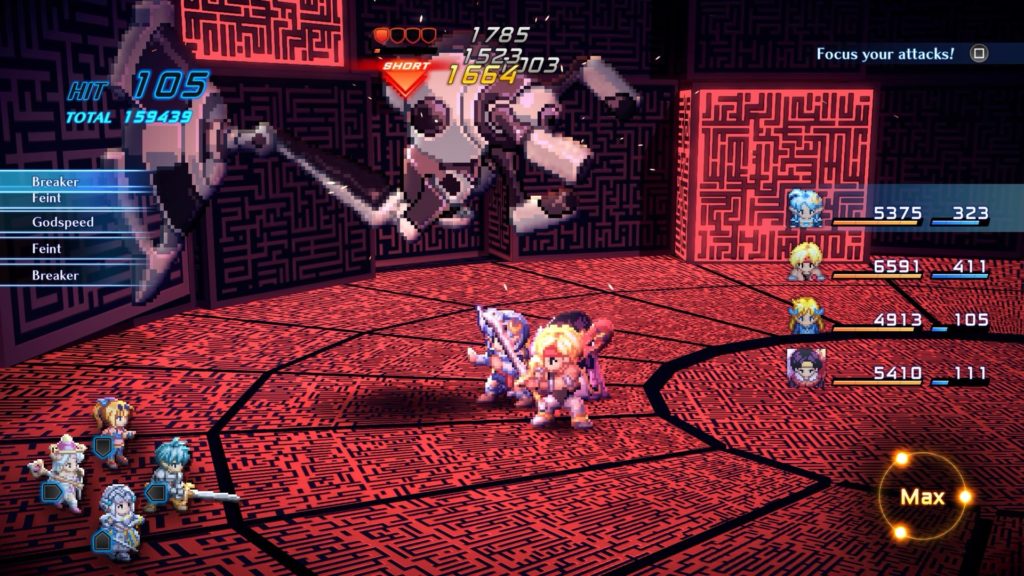
The rest of the remake from a visual and audio perspective is extremely impressive. It’s obvious that Square is really leaning into the HD2D style that they started pushing in Octopath Traveler, but this one is a bit different. The environments are still pretty low-tech, but they’re a lot more traditional 3D with really good 2D character sprites to create a fairly interesting mix in styles. From an audio perspective it’s still the pieces you’d want with modern orchestration and voice acting. Where HD2D feels like a fun idea that can be a bit kitschy at full scale, this feels like a more practical middle ground that allows for them to be a bit separated from the environmental restrictions of the full HD2D titles. This is mixed with some modern UX touches (thank you wonderful maps) that really feel like they’re pointing at a way to do a SNES/PS1 style sprite RPG in a modern wrapping.
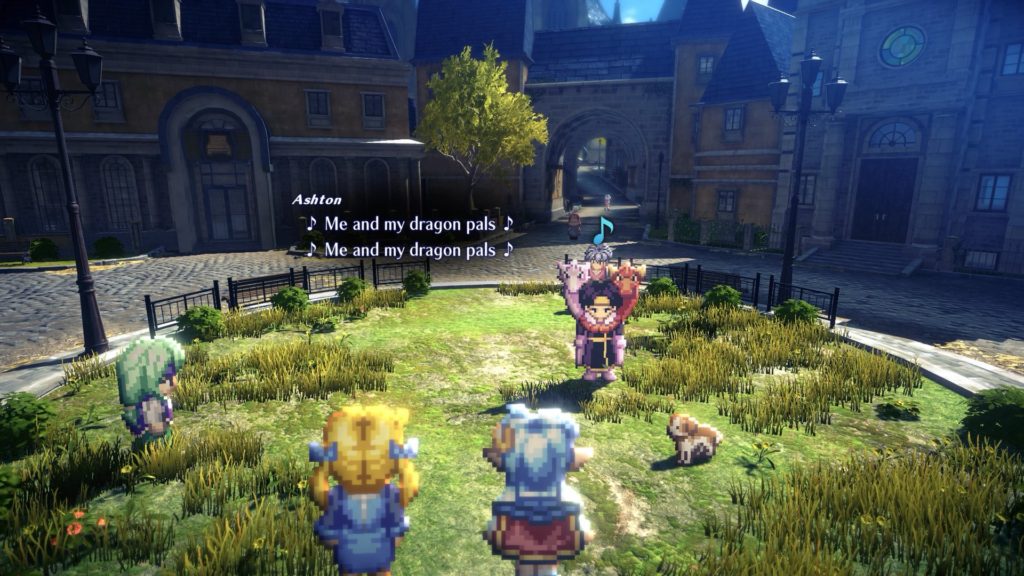
I guess if nothing else I’m glad this exists and I’m glad that it’s good. Star Ocean has had a pretty rough draw since the 360 era (and I know some people would also tell me that Star Ocean 3 was garbage). This one proves that there’s a place that the series should maybe go that’s a bit lower budget and a bit lower scope and really just make a fun sci-fi story that isn’t trying to reach to AAA status. The Divine Force felt like it was moving in that direction, but in full 3D. This title perhaps offers another path they could go. It feels like a game that is still worth playing despite being 25 years old, and that’s something to celebrate.


